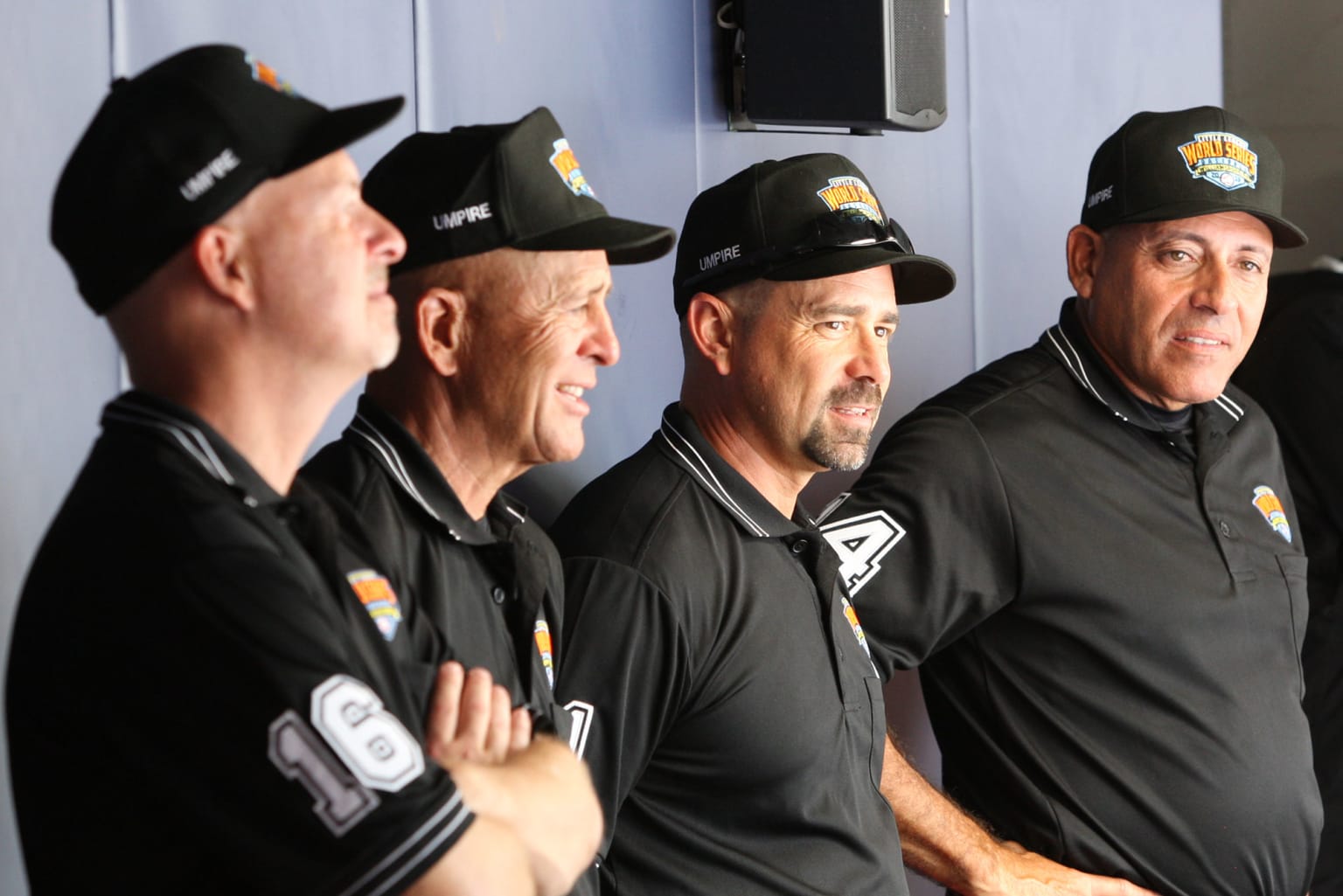Pre-Game Conference: Establishing an Effective Working Relationship

Little League® Umpires often work many games during the season, and quite often do not work with the same partner(s). To develop trust and continuity takes time, but getting to know your crew by name, and deciding in-game communication and responsibilities just take a few minutes during a well-run pre-game conference.
If you are the Umpire-In-Chief (U.I.C.), the plate umpire, or crew chief, refer to the umpire schedule and make an effort to contact your fellow umpires the night before, or the day of the game, to confirm their assignments. If a scheduling conflict arises, follow predetermined procedures to locate and secure a replacement.
Once the crew is set, try to arrive at the field at least one hour before the first pitch. Being at the game site early allows for ample time to get dressed, meet with your partner or partners on the crew, check equipment, and inspect the field. If an hour lead time is not possible, then the priority is gearing up and connecting with your partner(s).
Try to park and dress together in a location away from the playing field that provides a level of privacy and allows for comfortable conversation. This location will also serve you well after the game has concluded. When the game is done, if you have parked a good distance from the field, you would have created a natural buffer between you and the teams, coaches, and families. This separation affords you space and privacy to change out of your uniform, re-group with your partners to discuss the game, and easily exit the game site.
The pre-game conference is essential to a well-officiated game. Here is a list of general areas and topics that the plate umpire, crew chief, or league U-I-C is to cover with the crew before approaching the playing field.
- Introductions
- Fair-Foul Coverage (who has what and where)
- Tag ups and base touches
- Fly balls to the outfield
- Fly balls to the infield
- Coverage of third base (in a two-man system)
- Live ball (restarting the game after foul/dead balls)
- Uncaught third strike (used in Major, Intermediate (50-70), Junior, and Senior Division baseball; Major, Junior, and Senior Division softball)
- Batted ball hits batter while in batter’s box
- Half swing (check swing)
- Umpire positioning on the field
- Signals